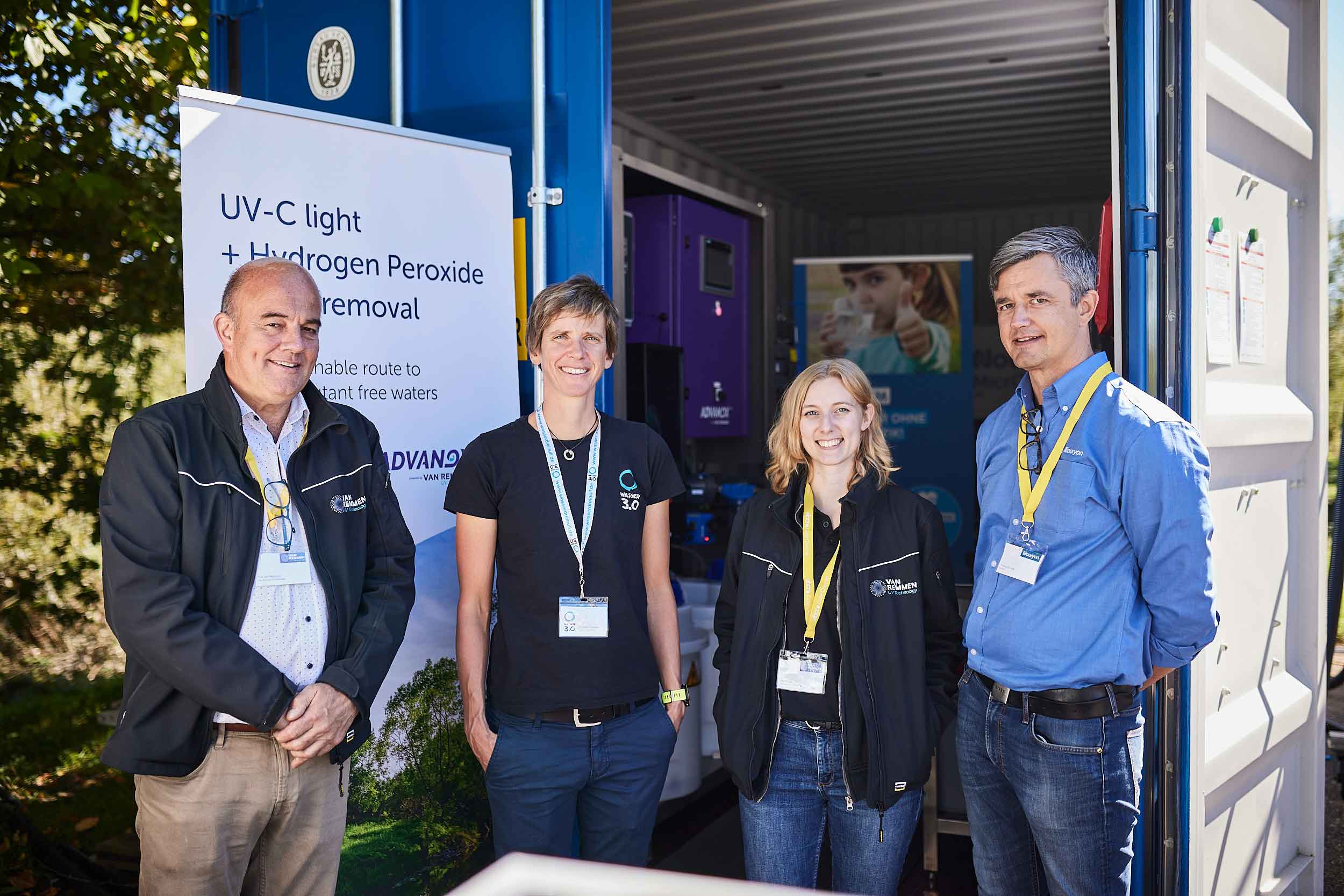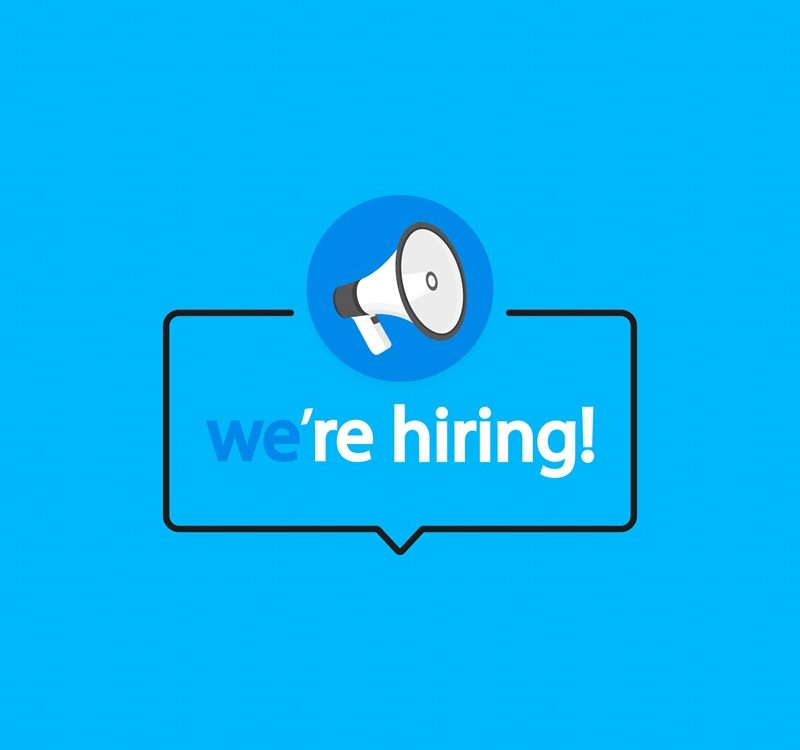
Water: human right or economic-good?
22. May 2023
Sports and Microplastics
27. June 2023Advanced Oxidation Process (AOP) meets Wasser 3.0 PE-X® – A promising combination for the removal of microplastics and micropollutants
Since October 2021, we have been researching a combination of other processes and solutions such as the AdvanoxTM + MicrOxTM (AOP process) of our cooperation partner Van Remmen UV Technology and its partnership with the company Nouryon, both from the Netherlands in addition to our processes around Wasser 3.0 PE-X® at the wastewater treatment plant of Entsorgungs- und Wirtschaftsbetrieb in Landau.
In the AO process, UV-C light is combined with hydrogen peroxide to effectively remove stubborn micropollutant contaminants.
In conjunction and combined with our microplastic removal technology, this results in completely new solutions with added value for a 4th purification stage plus.

Partnership cooperation among friends for water without microplastics and micropollutants
New ideas are constantly emerging on our path to water without microplastics and micropollutants. Since we operate our test and pilot plant at the wastewater treatment plant in Landau, Germany, we are able to test and validate new approaches to solutions.
Such an idea also gave rise to the collaboration with Van Remmen UV Technology, a company that is one of the most sustainable providers of UV disinfection systems against micropollutants and microcontaminants in Europe.
One application of this technology is wastewater treatment plants. Van Remmen develops technical solutions using reliable UV-C technology for the use, reuse, and recycling of water for a wide range of requirements and conditions. In addition to high-performance disinfection, the company offers future-oriented oxidation processes.
A focus is the production of tailor-made UV solutions for a wide range of industrial production processes where water as a resource is a crucial factor, such as process water with corresponding requirements for water recycling and its efficient use, or in drinking water treatment and for other important industries. Here, there are many overlaps with Wasser 3.0.
Water should be handled more attentively and responsibly. A change in thinking can only be achieved together. That's why we work with cooperation partners like Wasser 3.0, because a radical change can never be managed alone. We meet at eye level - and I want to achieve the goal with partners I can call my friends.
Wastewater treatment plants are significant sources of microplastics and micropollutants in the environment.
Advanced wastewater treatment plants can remove dissolved organic micropollutants as part of a 4th stage treatment process. Removal of microplastics is not yet on the agenda. However, their impact on water quality is increasingly discussed, alongside the possibilities for the simultaneous removal of micropollutants and microplastics.
Fourth purification stage plus - the "PLUS" more impact
As part of a lighthouse project, we were allowed to test two advanced purification processes as a fourth purification stage at the Landau wastewater treatment plant in addition to our Wasser 3.0 PE-X® technology, to remove microplastics in addition to micropollutants.
The results of this study were recently published in MDPI Water and we have summarized an overview of the key findings of our study in a separate blog post. One of the processes used in our study was the advanced oxidation process (AOP) by Van Remmen UV Technology and Nouryon.
The main goal of this partnership and project work in Landau was and is to develop a solution for small and medium sized wastewater treatment plants that delivers complete pollutant reduction and provides a viable alternative to existing processes, some of which are costly and inefficient.
Water technology with a grip on the ground - Open House at Wasser 3.0 is a matter for the CEO.
It is not a given that even owners bring their technology and corporate philosophy closer in an understandable way as part of our joint research project for sustainable improvement in the general use of water. Ton Van Remmen's presentation at our first Open House in September 2022 was thus met with lively interest from all listeners. He enthusiastically gave a personal insight into the world of UV technology of his company on site. He received a lot of attention for his remarks on the importance of a solution-oriented and sustainable technology for clean water.
Intelligent solutions for clean water with lower costs but increased efficiency.
Costs are rising everywhere, and this is no different in the treatment and processing of wastewater and industrial water. At the same time, however, quality requirements are also increasing, as are the specifications imposed by national and European legislation. But it's not just the costs and requirements that are increasing - in recent years, higher and higher concentrations of harmful chemicals have been detected in wastewater released by industry. These chemicals are (life-)threatening to humans and aquatic life or organisms.
There is an urgent need for action to treat wastewater contaminated with toxic pollutants with appropriate treatment options. In addition to activated carbon treatments, Advanced Oxidation Processes (AOP) have proven to be an attractive and cost-effective way to effectively remove dissolved organic micropollutants from wastewater.
They are known for bridging the gap between treatability by traditional physicochemical and biological processes.
I admire the broad applicability of Van Remmen's technology - from pool water treatment to complex industrial wastewater problems. For me, what sets the collaboration with Van Remmen UV Technology apart is their shared passion for the goal of clean water for all. Both companies follow the circular economy approach. This means viewing water as an important resource that, after it has been used, is treated in terms of quality so that it can be released back into the environment without hesitation.
What is the future joint path?
The joint pilot project was successful, and a system was developed and tested from an idea that is ready to be successively transferred to live operation. Our study results provide the necessary field-tested and realistic theoretical basis for this.
Many thanks to Ton Van Remmen UV Technology and his team for the fruitful cooperation. We look forward to further joint and successful projects for water without microplastics and micropollutants.









